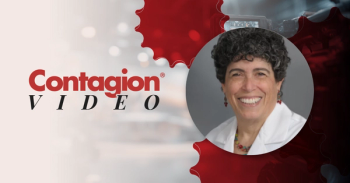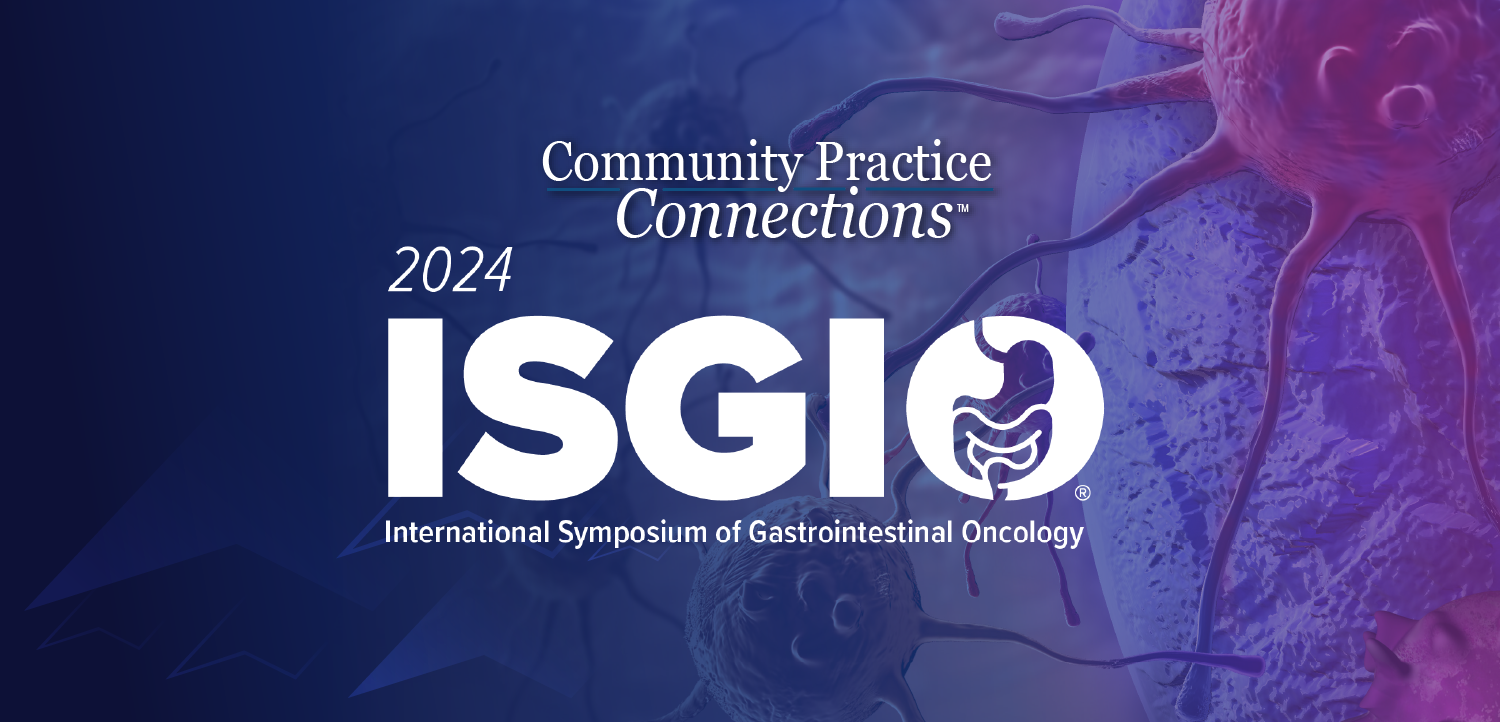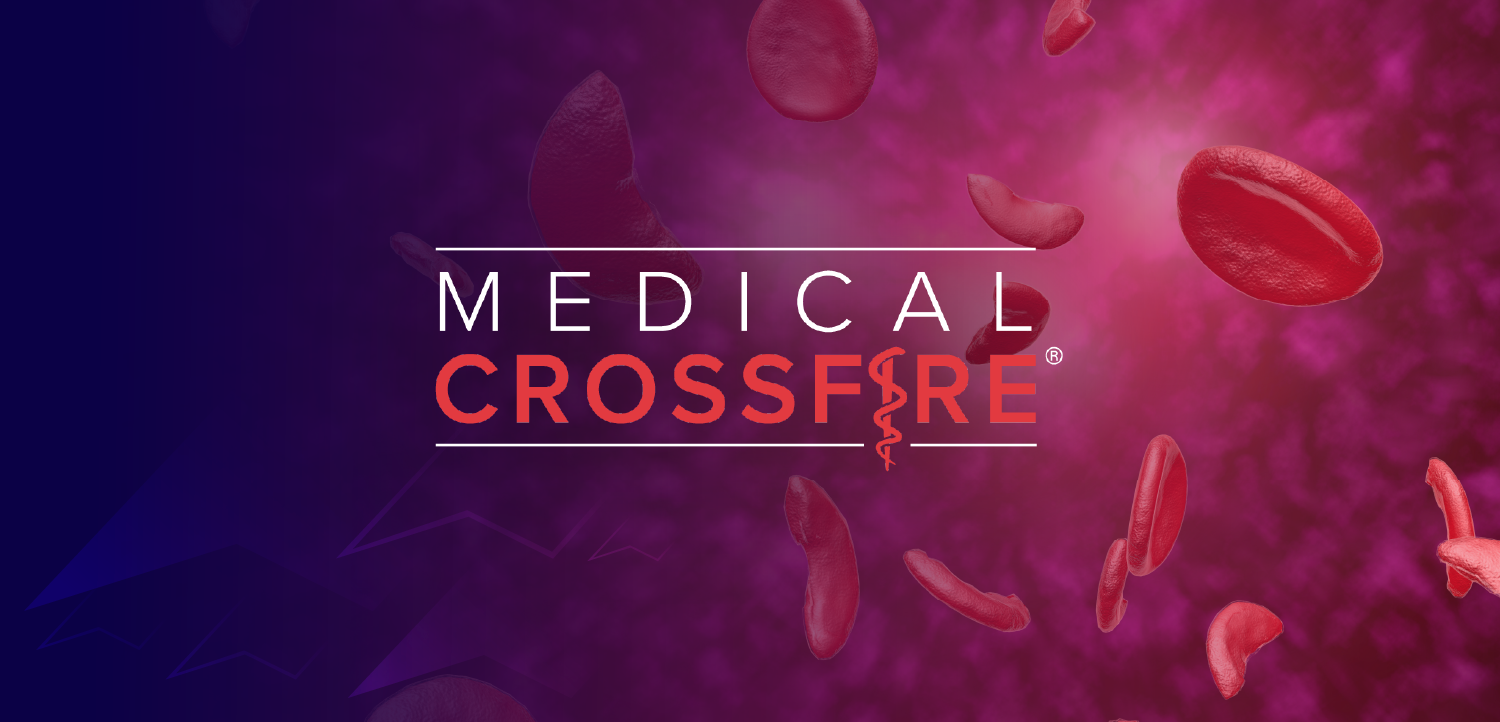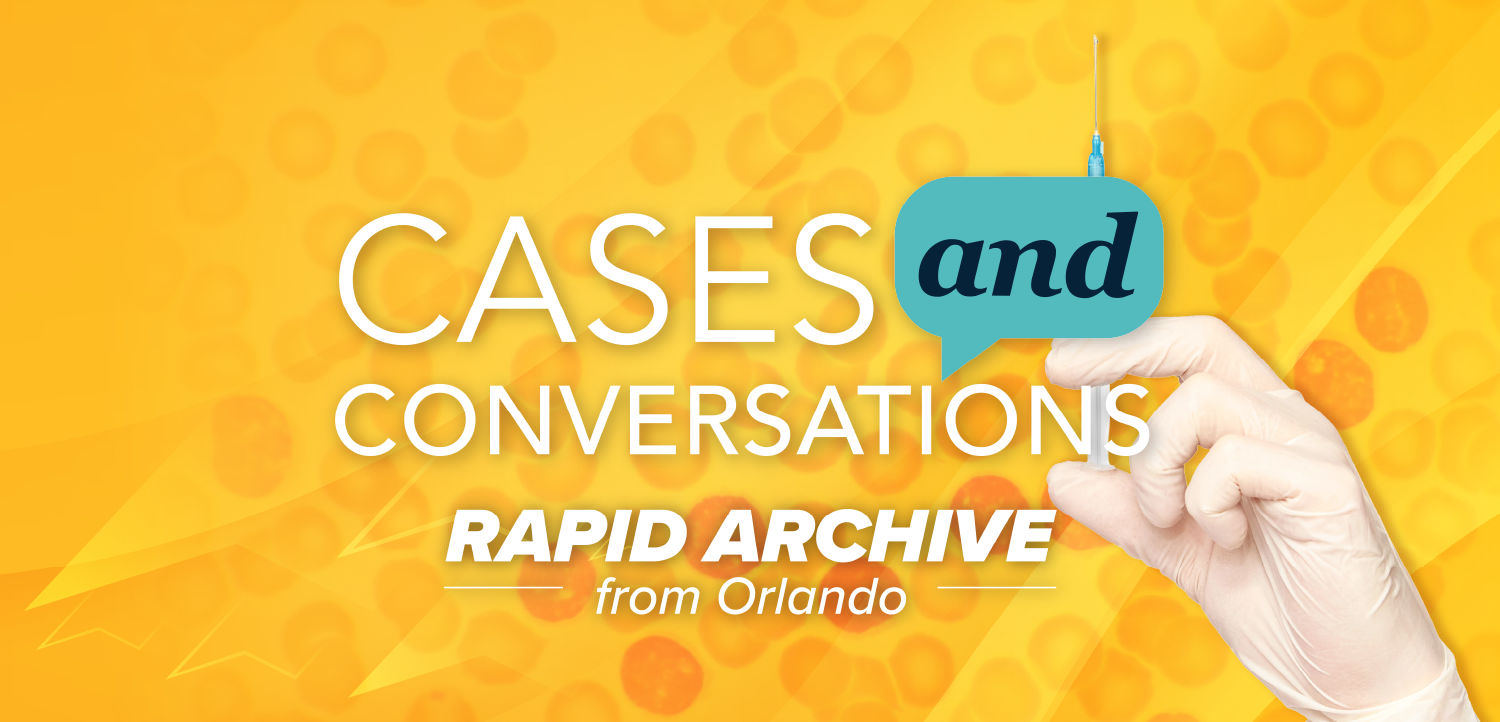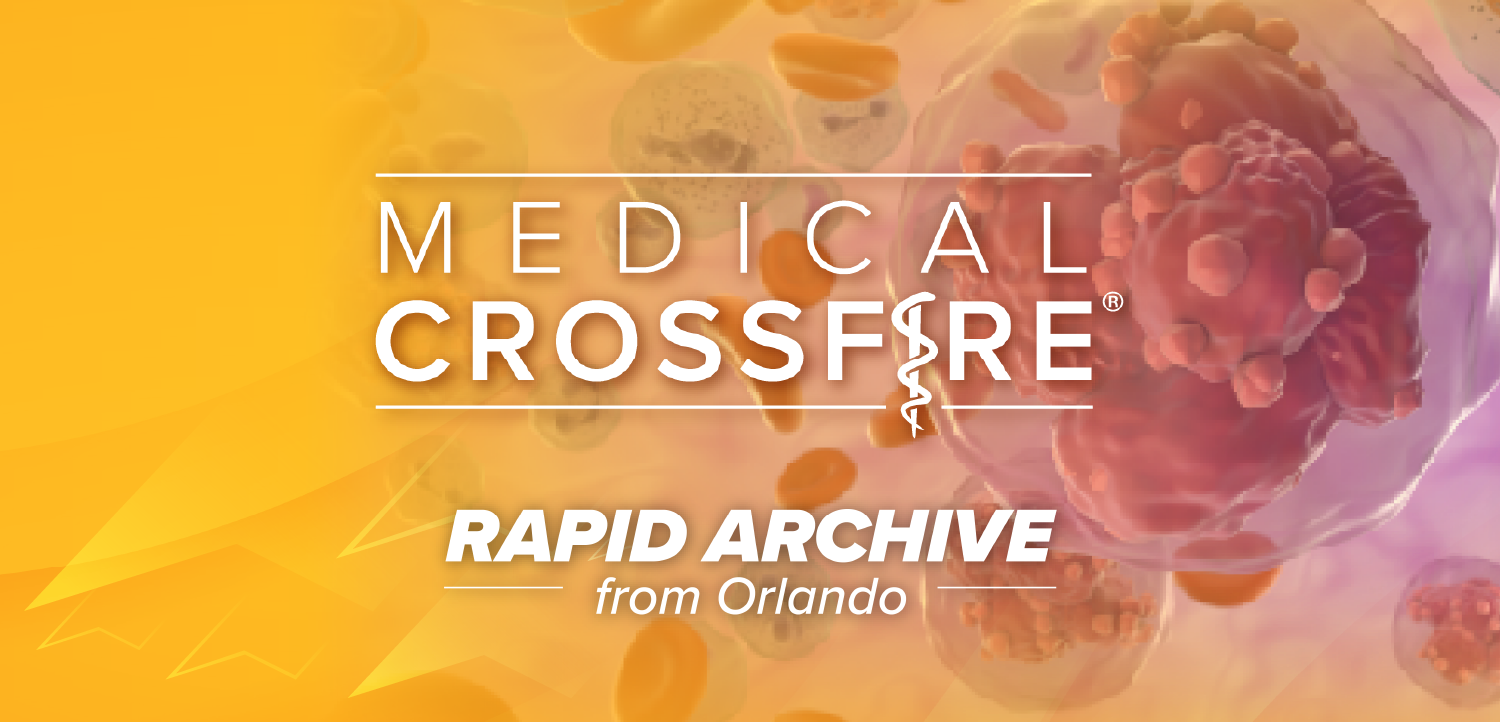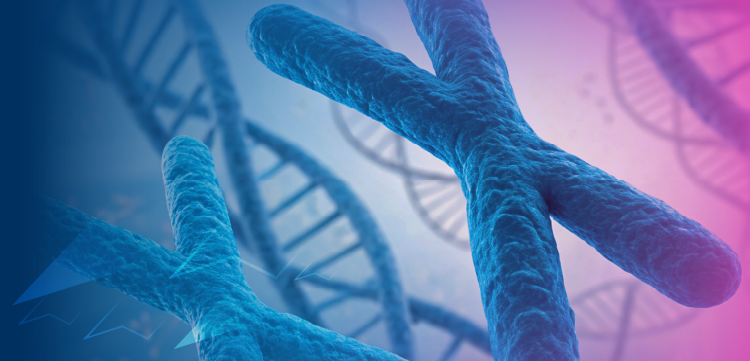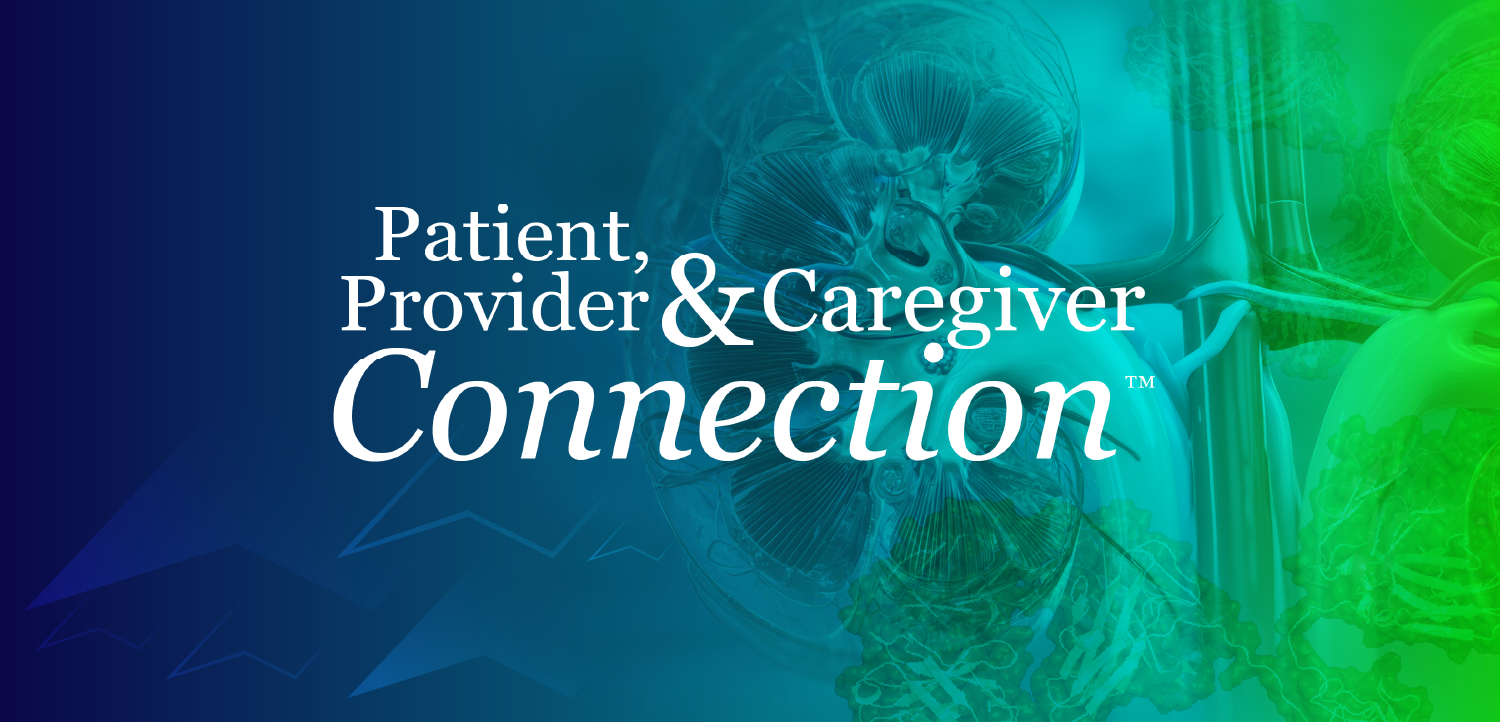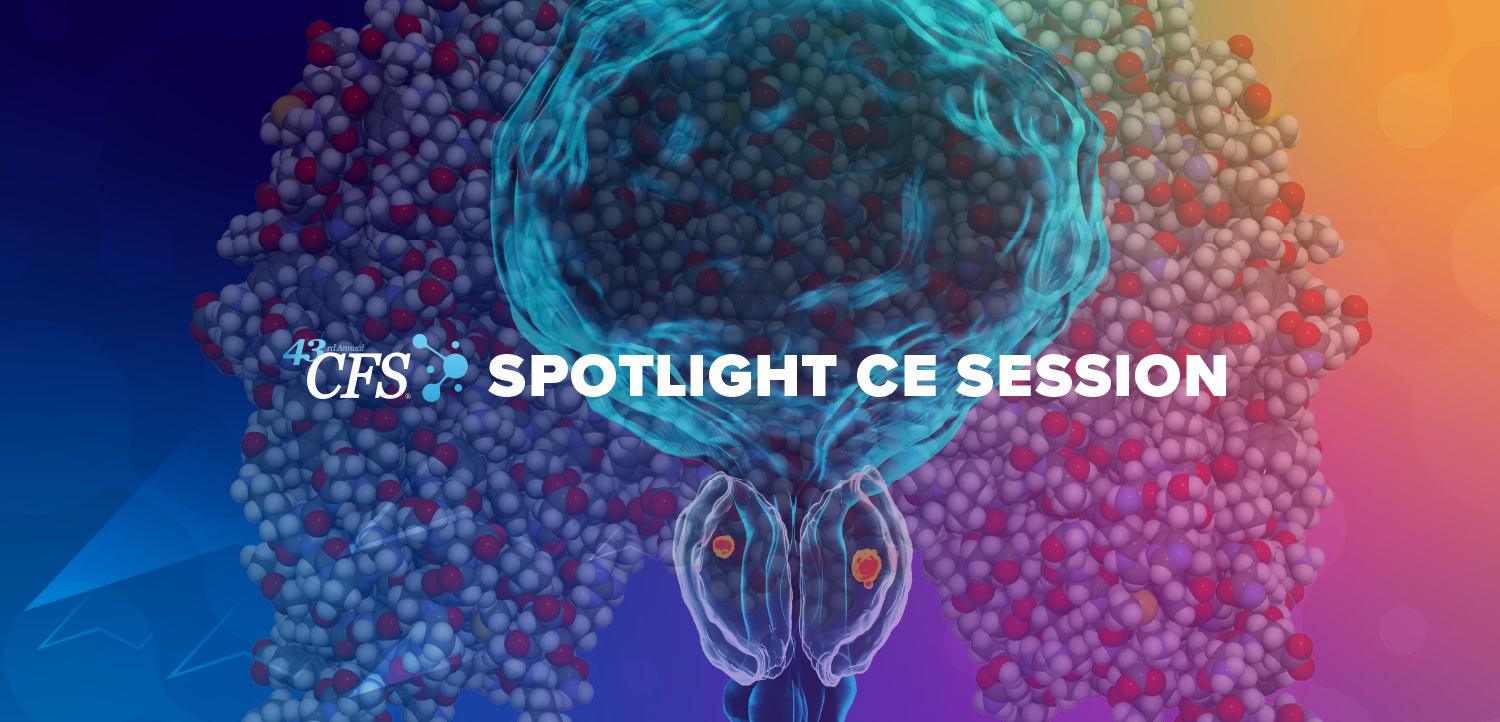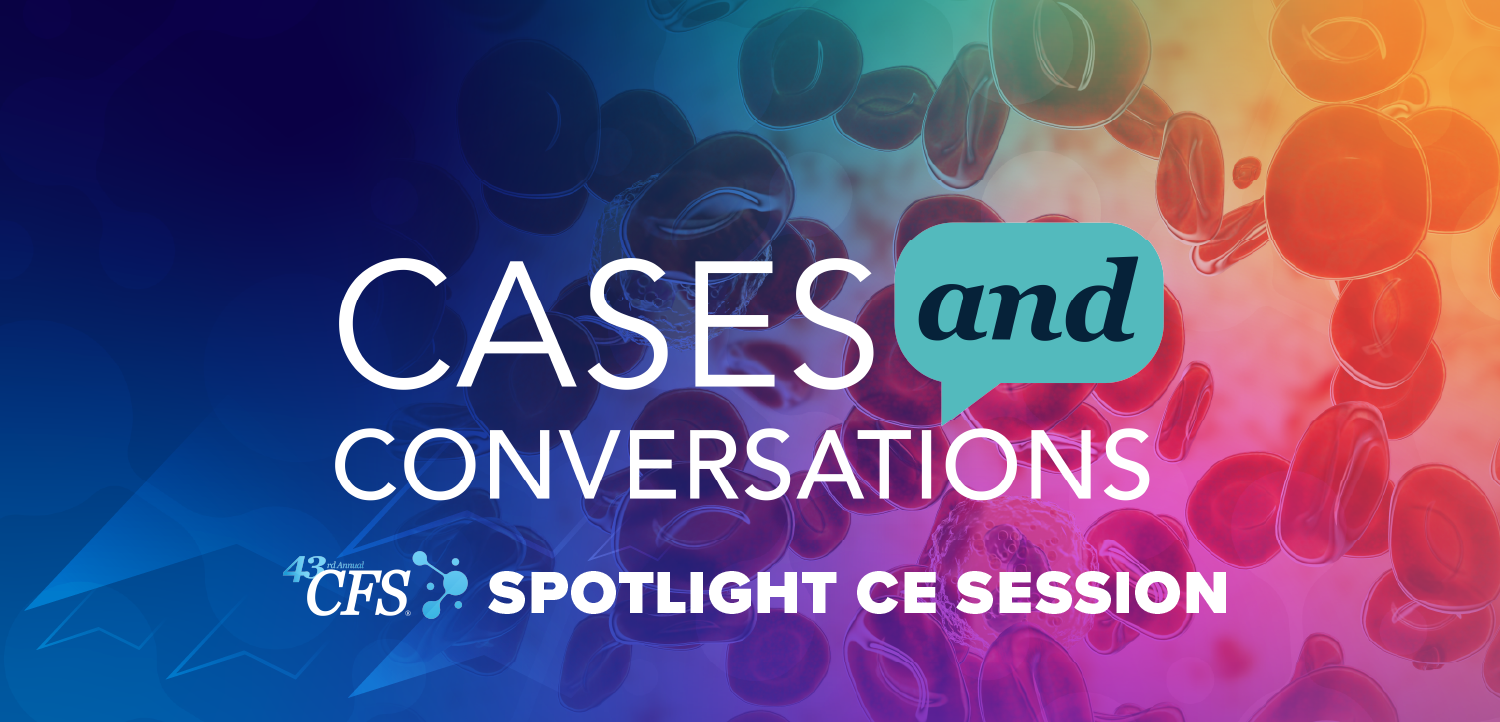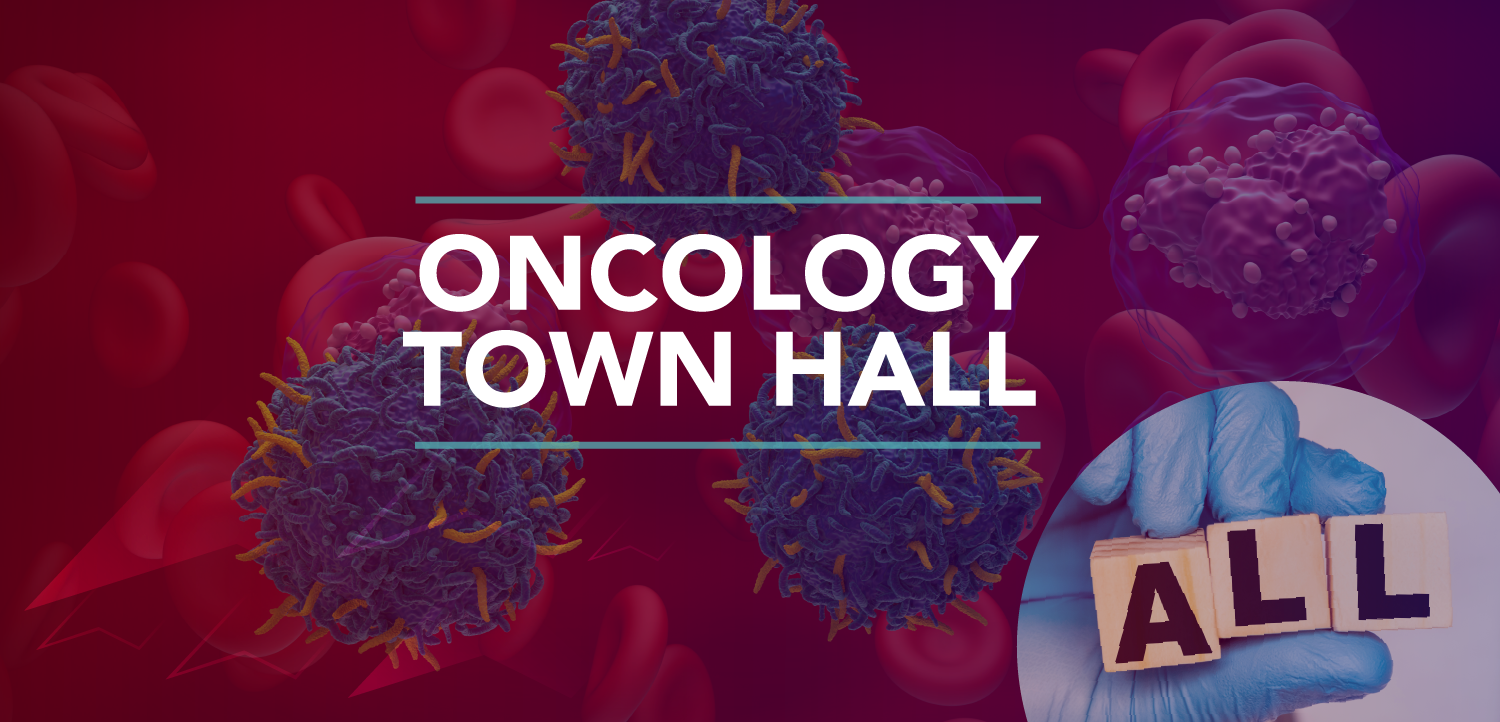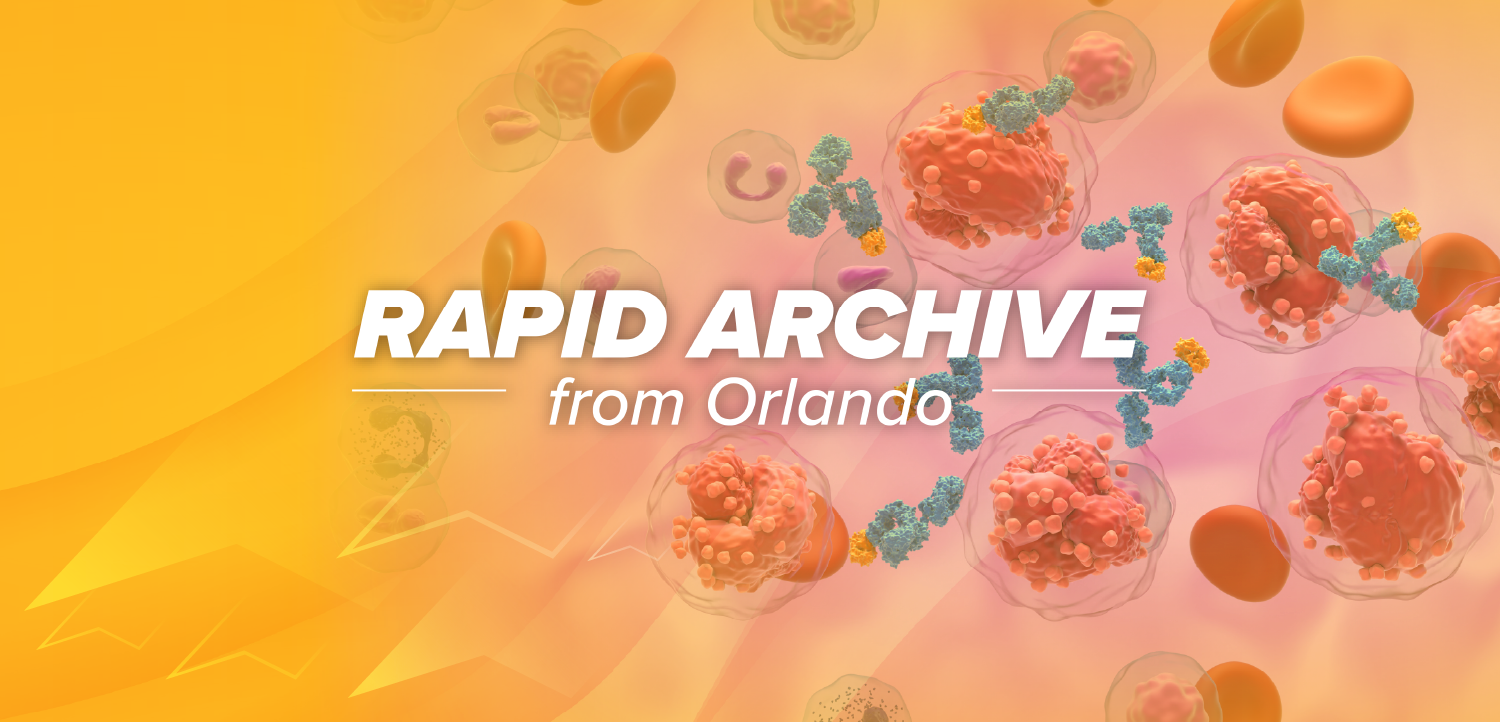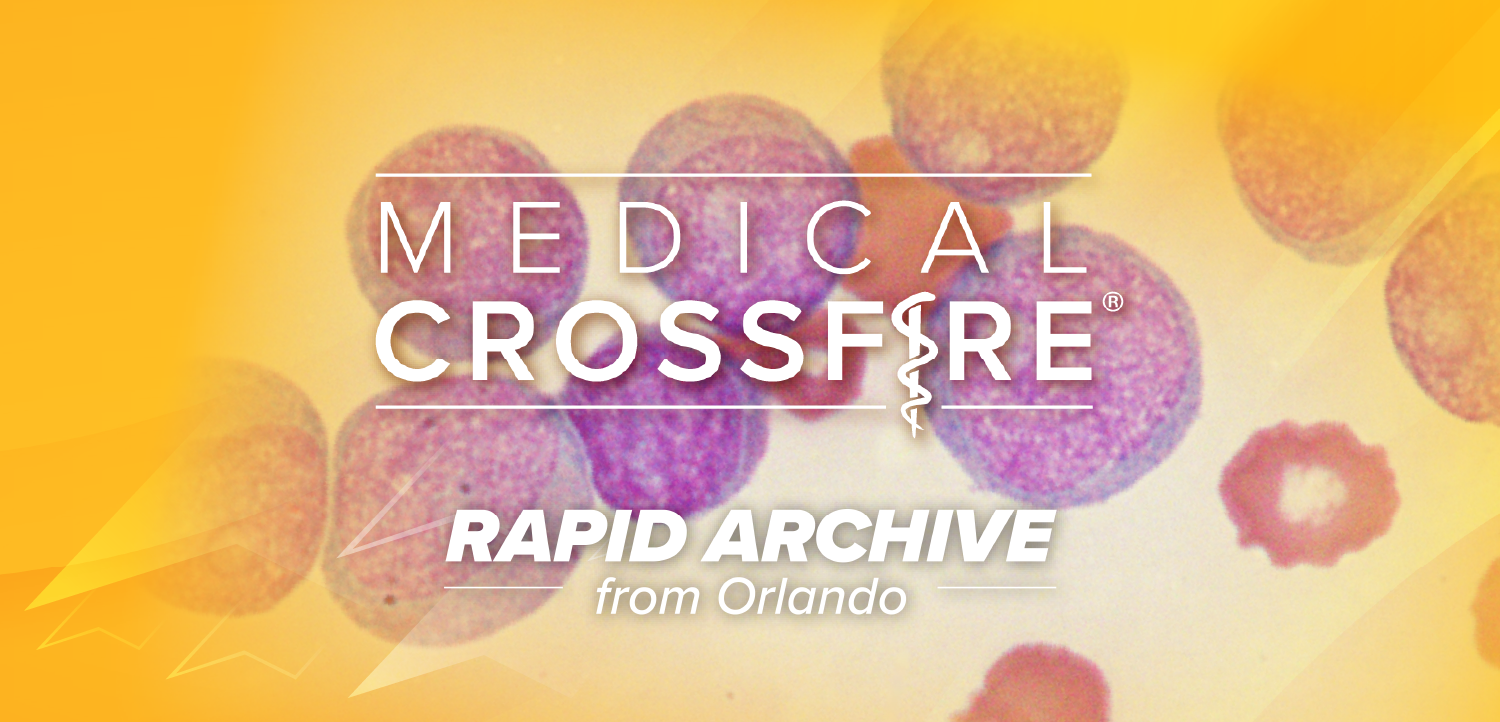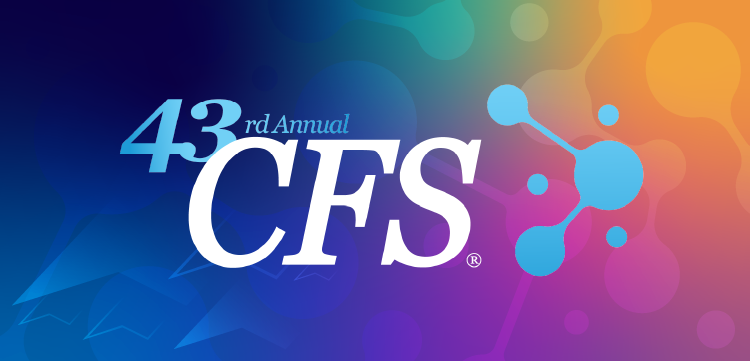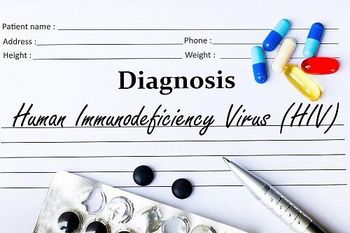
Potential Game Changer: Using AI for Antibiotic Development
César de la Fuente, PhD, provides insights on the promising work of his lab as they accelerate the speed of finding new antimicrobial molecules.
“We use the power of machines to accelerate discoveries in biology and medicine.”
This tagline is on the Machine Biology Group’s website and encapsulates the concept behind César de la Fuente’s PhD, research. de la Fuente is a presidential associate professor at the University of Pennsylvania, and the principal investigator for the group.
de la Fuente’s lab has been focused on using AI—specifically machine learning—and they create algorithms to help develop antibiotic compounds. He presented on this topic at the recent ASM Microbe Conference.
Some of his results include pioneering the development of the first computer-designed antibiotic with efficacy in animal models. This shows the viability of applying AI for development of antibiotics and is on the forefront of this emerging research.1
“With AI, in a few hours on the computer, we can identify hundreds of thousands of antibiotic candidates,” de la Fuente said. “And if we really push our resources in my lab, we can go from discovery to synthesis to testing in 1 or 2 weeks. So there has really been an acceleration in our ability to come up with new molecules that are promising antibiotics.”
This a remarkable departure from the traditional way of trying to find potential antimicrobial agents, which is much more labor intensive and can take years to perform.
“The way I see it moving forward—at least in research—is really a tight collaboration between human intelligence and the power of machines that can process data and identify hidden patterns that would be impossible for the human brain to identify,” de la Fuente said.
One of the unique elements of their work is they are digitally mining biological data by conceptualizing it as code.
“Biology, if you think about DNA, it's composed of nucleotide code,” de la Fuente said. “If you think of proteins or peptides, it's composed of amino acid code. And if you think of it as just a bunch of code or a soup of letters, then you can develop algorithms that can mine or explore all of this vast biological code. You can try to find hidden within that complexity, bioactive molecules that might be future antibiotics, or future therapeutics for other applications as well.”
Although the speed of the work has quickened the pace of development exponentially, as with any new work in its infancy, there are challenges. One difficulty de la Fuente says is the need to develop good experimental data through their AI platforms.
AI tools are just tools that need to be trained on really robust data, and if you don't have that, they're really not very useful,” he explained. “So I think one of the critical points now is to generate really good, standardized data sets that we feed into our algorithms so that they can be great in terms of their performance.”
From a bioethical standpoint, de la Fuente points to his team identifying molecules from ancient biology and synthesizing them in the lab using chemistry. In some cases they are not seeing overlap with any existing molecules.
“We've had conversations with bioethicists and philosophers of science to make sure that we continue innovating, but that we do so responsibly,” he said.
In addition to having conversations, they have committed to stopping work on compounds when they might be dangerous.
“One of the interventions that we've incorporated into our workflows is that if our AI systems identify molecular sequences that look like a biotoxin, then we stop that research.”
de la Fuente recently started a new company and is exploring ways to getting potential agents into the clinic.
“We're not quite in human clinical trials—that requires a substantial investment that we haven't seen yet,” he said. “So hopefully that's the next step. And of course the dream that we have is at least one of the things that we've discovered makes it into the clinic and can benefit humans in the future and help improve our world and save lives—but we're still quite far from that.”
Reference
1.De La Fuente LAB. University of Pennsylvania. Accessed July 24, 2025.
https://delafuentelab.seas.upenn.edu/principal-investigator/
Newsletter
Stay ahead of emerging infectious disease threats with expert insights and breaking research. Subscribe now to get updates delivered straight to your inbox.




